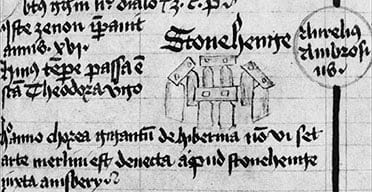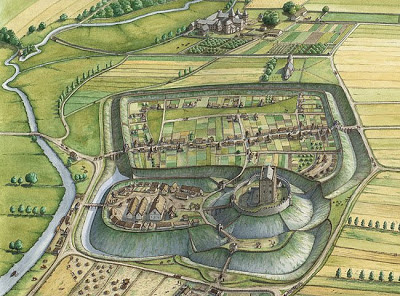Changing Interpretations: A Tale of Two Valla

Archaeological interpretation on an active site is constantly evolving; as new evidence is unearthed, we can come to new conclusions about the past underneath our feet, and reassess old interpretations. As we dig down to the Anglo-Saxon layer in Trench 8, we have been reassessing our interpretations of several ditches across the trench. In 2006, we discovered several ditches near the Church Tower which were thought to be part of the boundary of an Anglo-Saxon minster. This minster formed a rectangular enclosure, with its south edge along Berkeley Castle's private drive way, its west edge behind the back gardens of the houses along High Street, its north edge running behind the Berkeley Arms Hotel and returning through the castle gardens that now contain the Yurt Restaurant and its remaining side cutting across the Castle car park and St Mary's Church Yard. This suggests that Trench 8 and area containing the High Street houses were all within the Saxon minster, while Berkeley ...









